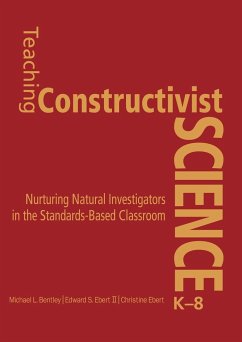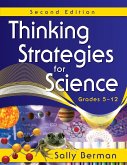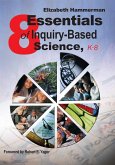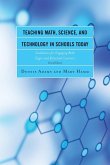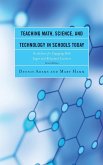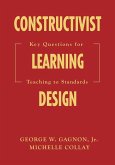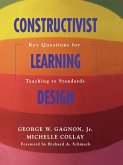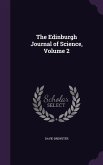Invite young minds to engage in meaningful, standards-based science! Good teachers know that science is more than just a collection of facts in a textbook and that teaching science goes beyond the mere transmission of information. Actively engaging students in the learning process is critical to building their knowledge base, assessing progress, and meeting science standards. Teaching Constructivist Science, K-8 shows teachers how to transform students¿ natural curiosity into dynamic learning opportunities. By helping students construct new knowledge using the understandings they bring to the classroom, teachers can make the most of instruction and new learning experiences. With practical applications, teaching strategies, activities, and assessment tools, this reader-friendly book demonstrates how to teach student-ready, standards-based science. Teachers will be able to use: * Classic and new activities to teach big ideas with basic materials * An interview approach for uncovering student misunderstandings that block new learning * A rich resource list for finding materials and organizations * Guidelines for building a science-friendly environment * Sample lessons and learning experiences aligned to national science standards * Discussion questions for teacher study groups in each chapter For both experienced and novice teachers, this accessible resource provides the perfect method to teach science in sound ways that make sense to students.
Bitte wählen Sie Ihr Anliegen aus.
Rechnungen
Retourenschein anfordern
Bestellstatus
Storno

